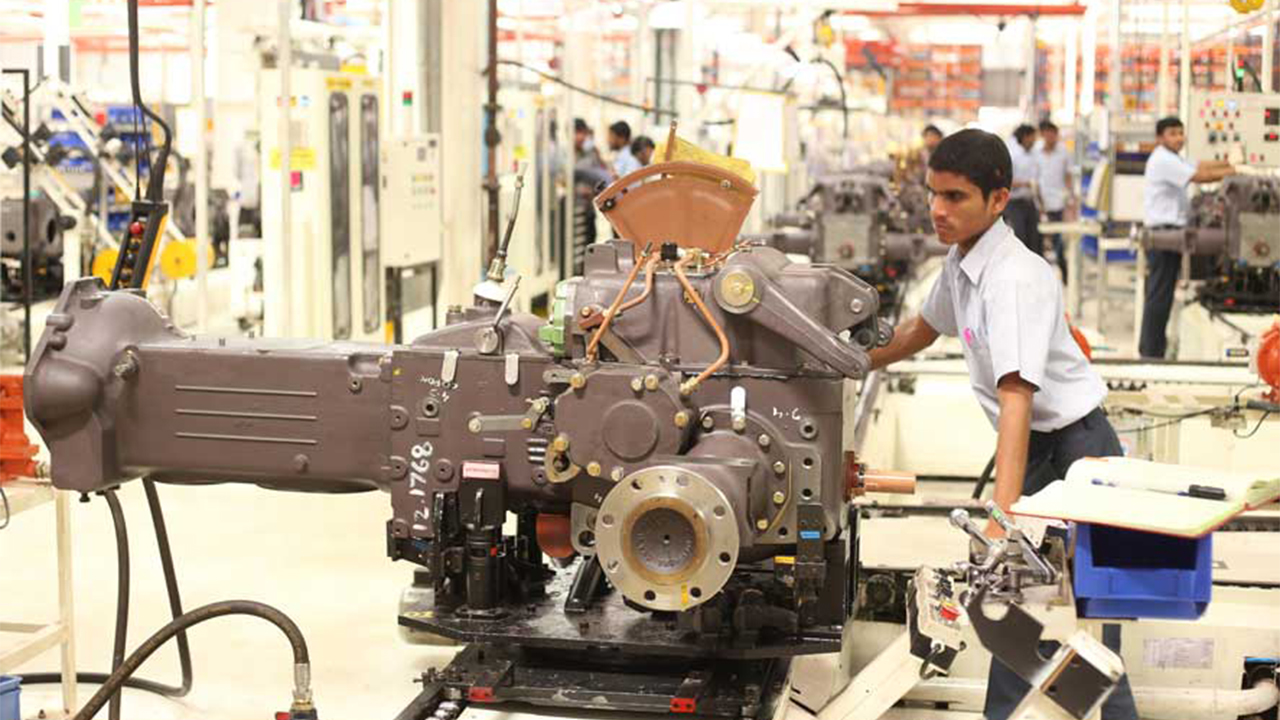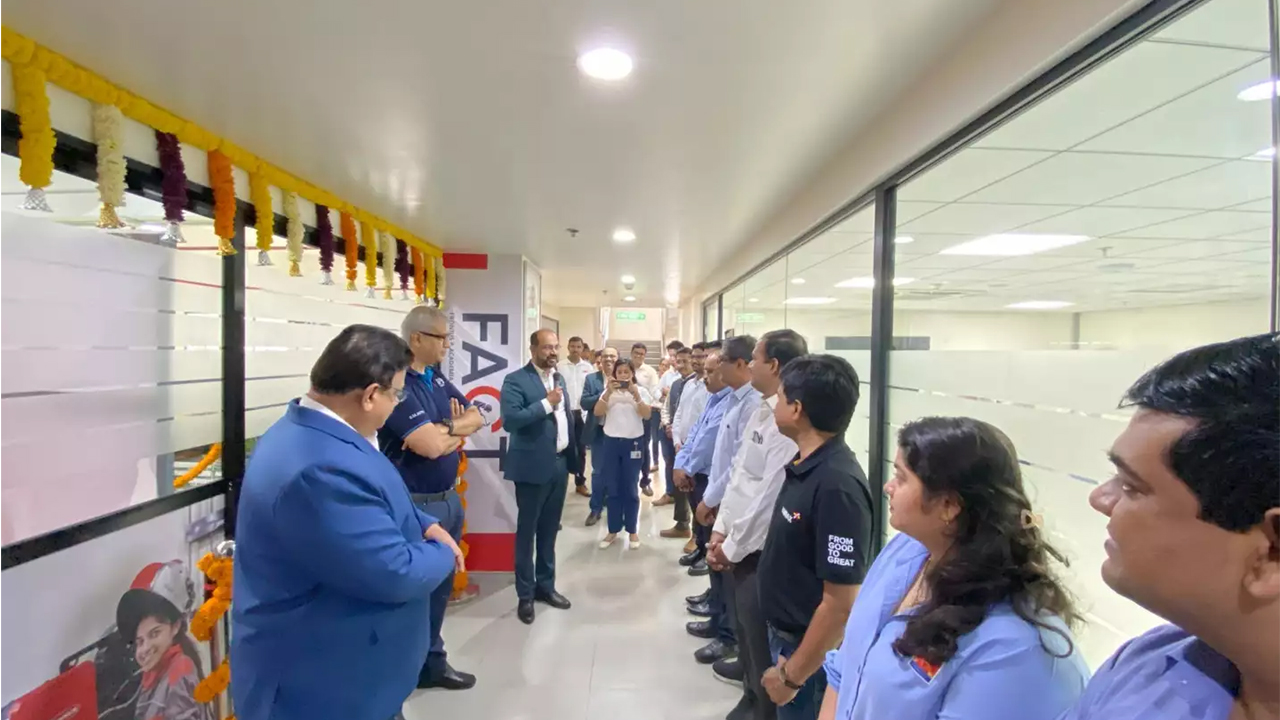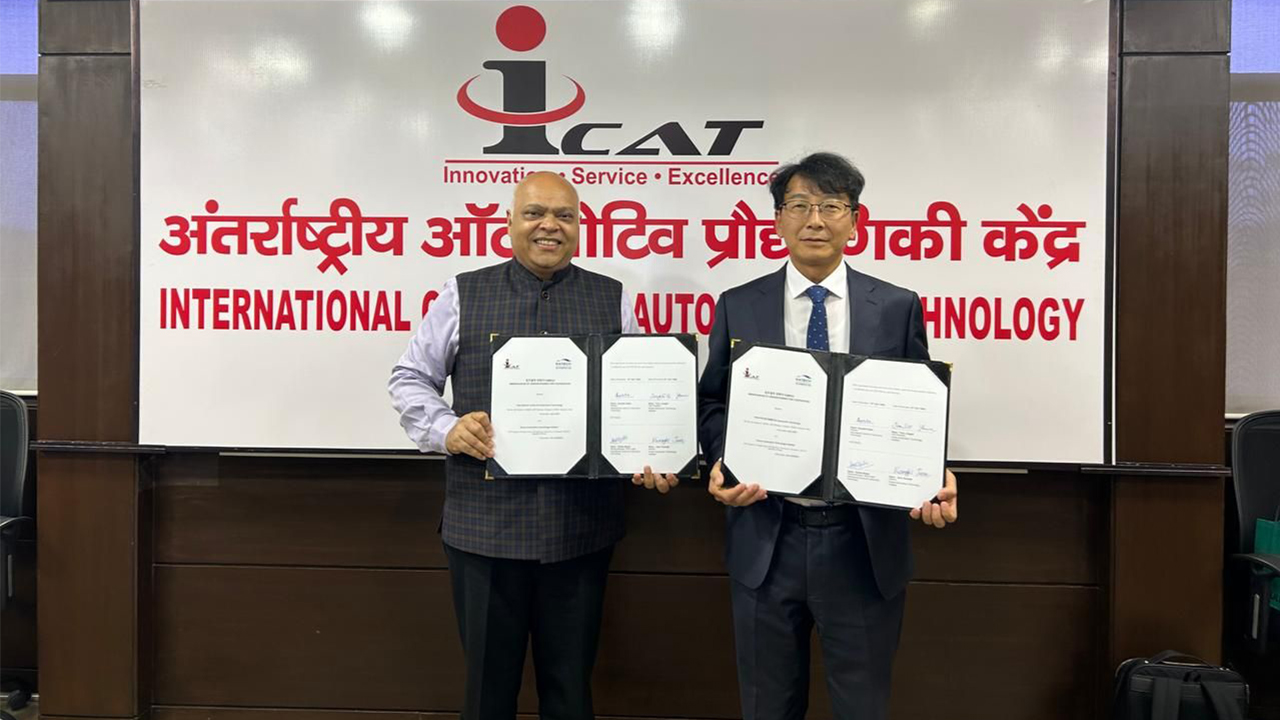Indian manufacturing registers strong growth in November 2021; accelerated rise in sales supports the fastest upturn in production for nine months
#IndiaManufacturingPMI #PMI #ManufacturingGrowth #IndianManufacturing #DomesticMarketGrowth of new orders and output quickens noticeably in November 2021. Strongest increases in production and sales since February 2021. Robust input buying growth underpins sharp rise in stocks of purchases. Cost inflationary pressures remain elevated.

December 2021: The Indian manufacturing sector continued to expand strongly in November, as an accelerated rise in sales supported the fastest upturn in production for nine months. Companies scaled up input buying, which in turn led to the second-quickest accumulation in stocks of purchases since data collection started nearly 17 years ago. Also, there were tentative signs of an improvement in hiring activity, following three successive months of job shedding.
Meanwhile, the rate of purchase price inflation was little-changed from October’s recent high, owing to raw material supply-demand mismatches and rising transportation costs. Increasing from 55.9 in October to 57.6 in November, the seasonally adjusted IHS Markit India Manufacturing Purchasing Managers’ Index® (PMI®) signalled the strongest improvement in the health of the sector for ten months. Moreover, the headline figure was well above its long-run average of 53.6. Manufacturers stated that strengthening demand, improving market conditions and successful marketing boosted sales in November. Factory orders rose for the fifth successive month and at a sharp pace that was the fastest since February 2021.
Underlying data suggested that the domestic market was the main source of sales growth, as new export orders rose at a slight pace that was weaker than in October. Buoyed by the pick-up in demand, companies stepped up production volumes during November. Output rose sharply and at the fastest rate in nine months.
Greater production requirements and restocking efforts encouraged manufacturers to purchase additional inputs in November. The rate of expansion was substantial and outpaced its long-run average by a substantial margin.
Commenting on the latest survey results, Pollyanna De Lima, Economics Associate Director at IHS Markit, said: “The Indian manufacturing industry continued to expand in November, with growth gathering pace and forward looking indices generally pointing to further improvements in the months to come.
“The fact that firms purchased additional inputs at a stronger rate amid efforts to restock, combined with recurring declines in inventories of finished goods and tentative signs of a pick-up in hiring activity, indicate that production volumes will likely expand further in the near term.
“The key threat to the outlook, in addition to potential new waves of COVID-19, is inflationary pressures. For now, companies are absorbing most of the additional cost burdens and lifting output charges only moderately. Should raw material scarcity and shipping issues continue to feed through to purchasing prices, substantial increases in output charges could be seen and demand resilience would be tested.
“Businesses were indeed worried that inflationary pressures could hamper demand and production in the year ahead, as signalled by confidence weakening to the lowest in almost a year-and-a-half.”
Subsequently, inventories of raw materials and semi-finished items increased further. The pace of accumulation was sharp and the second-strongest recorded since data collection started in March 2005, surpassed only by that registered in February. On the other hand, post-production inventories decreased in November as manufacturers fulfilled orders directly from stocks. The pace of contraction eased from October, but remained sharp.
On the price front, the latest results showed that cost inflationary pressures remained intense amid transportation issues and difficulties among suppliers to source raw materials. Input prices increased at a rate that was broadly similar to October’s 92-month high.
Companies transferred to their clients part of the additional cost burdens by lifting output charges. That said, the rate of inflation was only moderate. November data pointed to an improvement in hiring activity among goods producers. Although fractional overall, the latest expansion was only the second over the past 20 months.
Although manufacturers remained upbeat towards growth prospects, the overall level of positive sentiment slipped to a 17-month low. Companies were concerned that inflationary pressures could dampen demand and restrict output in the year ahead.
NEWSLETTER
TRENDING ON PRO MFG
MORE FROM THE SECTION








